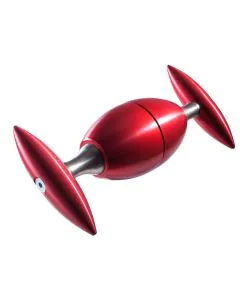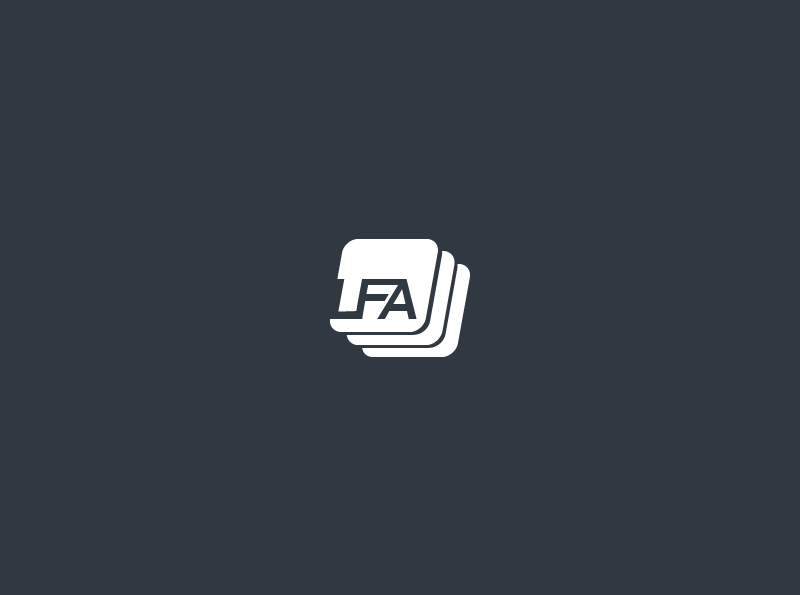GMP Qualifications And Validations In The Pharmaceutical World
Principles
Good manufacturing practice (GMP) is a system for ensuring that products are consistently produced and controlled according to quality standards. It is designed to minimize the risks involved in any pharmaceutical production that cannot be eliminated through testing the final product. Good manufacturing practice guidelines provide guidance for manufacturing, testing, and quality assurance to ensure that a food or drug product is safe for human consumption. Many countries have legislated that food and pharmaceutical and medical device manufacturers follow GMP procedures and create their own GMP guidelines that correspond with their legislation.
GMPs are enforced in the United States by the U.S. Food and Drug Administration (FDA).. The regulations use the phrase "current good manufacturing practices" (cGMP) to describe these guidelines.] Since June 2010, a different set of cGMP requirements have applied to all manufacturers of dietary supplements.
The World Health Organization (WHO) version of GMP is used by pharmaceutical regulators and the pharmaceutical industry in over one hundred countries worldwide, primarily in the developing world. The European Union's GMP (EU-GMP) enforces similar requirements to WHO GMP, as does the FDA's version in the US. Similar GMPs are used in other countries.
All GMP guidelines follow a few basic principles:
- Manufacturing facilities must maintain a clean and hygienic manufacturing area.
- Cross contamination of food or drug product from adulterants, that may render the product unsafe for human consumption, must be prevented by controlling the environment
- Manufacturing processes must be clearly defined and controlled. All critical processes are validated to ensure consistency and compliance with specifications.
- Manufacturing processes are controlled, and any changes to the process are validated. Changes that affect the quality of the drug are validated as necessary.
- Instructions and procedures are written in clear and unambiguous language. Operators are trained to carry out and document procedures.
- Cross contamination with unlabelled major allergens is prevented.
- Records are made, manually or by instruments, during manufacture that demonstrate that all the steps required by the defined procedures and instructions were in fact taken and that the quantity and quality of the food or drug was as expected. Deviations are investigated and documented.
- Records of manufacture (including distribution) that enable the complete history of a batch to be traced are retained in a comprehensible and accessible form.
- The distribution of the food or drugs minimizes any risk to their quality.
- A system is available for recalling any batch from sale or supply.
- Complaints about marketed products are examined, the causes of quality defects are investigated, and appropriate measures are taken with respect to the defective products and to prevent recurrence.
Compliance with GMP is mandatory in all pharmaceutical manufacturing, and most food processing industries.
GMP guidelines are not prescriptive instructions on how to manufacture products. They are a series of general principles that must be observed during manufacturing. When a company is setting up its quality program and manufacturing process, there may be many ways it can fulfil GMP requirements. It is the company's responsibility to determine the most effective and efficient quality process. The quality is built into the product and GMP is the most essential part of ensuring this product quality.
In addition to the above general principles of GMP it is important to distinguish between qualification and validation as applied to GMP.
Qualification and Validation
Qualification is a process of assurance that specific system(s), premises or equipment are able to achieve predetermined acceptance criteria to confirm the attributes what it purports to do. Put another way, qualification is the means of providing documented evidence that a specific equipment, facility or system is fit/ready for intended use.
In contrast to qualification, validation applies to processes and procedures. Validation is intended to demonstrate in a documented form that the processes, methods, tests, activities and equipments they deploy are capable of repeatedly producing the desired product. Therefore, each critical step in the manufacturing process must be verified to perform as intended under defined conditions.
For the pharmaceutical industry the following broad guidelines apply to qualification and validation under GMP:
- The structure, device and equipment should be designed, installed, placed, operated and maintained as per its intended use and purpose.
- Integral systems whose consistency in performance may have an impact to product quality should be validated whenever appropriate. Example systems include the air handling system, water purification and compressed air system.
- To ensure batch to batch consistency, it is important that systems be qualified to ensure efficient performance.
The following guidelines will be helpful to pharmaceutical companies that wish to qualify their manufacturing equipment to ensure that their product quality is maintained at a high level.
General
- The manufacturing company must have a qualification policy for their equipment and integral system.
- The equipment and instruments used for quality and production should be included in the policy.
- Any new system and equipment to be used must first pass a series of qualification tests such as design, installation, operation and performances.
- The equipment should be qualified first before use to ensure that it meets the intended purpose.
- The number of required qualification steps depends on the type of equipment. .
- Integral system(s) should be validated first, before the device or equipment.
- Both the integral system and devices or equipment will need to undergo regular qualification as well as re-qualification after any changes are made to the devices or equipment.
- Some qualification steps may be carried out by the supplier or third party.
- It is important to maintain the documents included with the equipment such as the equipment specification, certifications and manuals.
- The validation or qualification must be done in accordance to the predetermined and approved qualification guidelines. The result must be recorded and analyzed during qualification reports.
- The extent of the qualification must be based on the importance of the equipment to the manufacturing process.
Design Qualification
- The user must be considered when considering the design of a system or device/equipment..
- A suitably approved vendor should be selected to supply new equipment and systems.
Installation Qualification
- Installation of the system and equipment should be done according to the plan and qualification protocol.
- Requirements for calibration, maintenance and cleaning should be discussed during the installation process.
- Qualification should include the identification and verification of all the equipment parts, controls, services, gauges and other features.
- Calibration, control and measurement should be in accordance with national or international standards.
- Document records of the installation and reports should include all the details including supplier, equipment model, serial number, spare parts, installation date and certificates.
Operational Qualification
- The system and the equipment should operate correctly and as verified in accordance with the operational qualification protocol.
- It is important to identify critical operating parameters. Qualification tests should include conditions such as the operating limits and worse case scenarios.
- Should include verification of all operations from the system to services, parts, controls, gauges and other features.
- All reports must be documented and indicate the satisfactory operation.
- SOP (Standard Operating Procedures) should be finalized and approved.
- Training for personnel should be provided.
- Provided that all calibration, maintenance and cleaning are satisfactory, the system and equipment can be released for routine use.
Performance Qualification
- The system and the equipment should perform consistently as per design specifications. Performance should be verified against the performance qualification protocol.
- Document all records of the verification of performance including satisfactory performance over time. The manufacturer should provide justification for when performance qualifications are carried out.
Requalification
- Equipment and associated systems should be requalified at regular intervals. The frequency or requalification depends on several factors and may depend, for example, on an analysis of the results of the calibration or maintenance.
- Requalification is required after any changes to equipment or system. A risk assessment may determine the extent of the requalification. Requalification should be included as part of the change control policy.
Qualification of In-Use System and Equipment
- Supporting data or report is required to verify the operation and performance of the system and equipment that is inactive or has not been in-use for some time and not subjected to any installation or operational qualification.
- It should include operating parameters, critical variable limits, maintenance and operating procedures.








